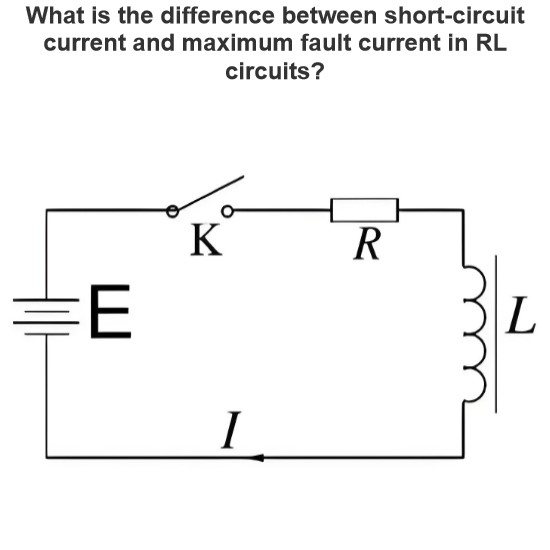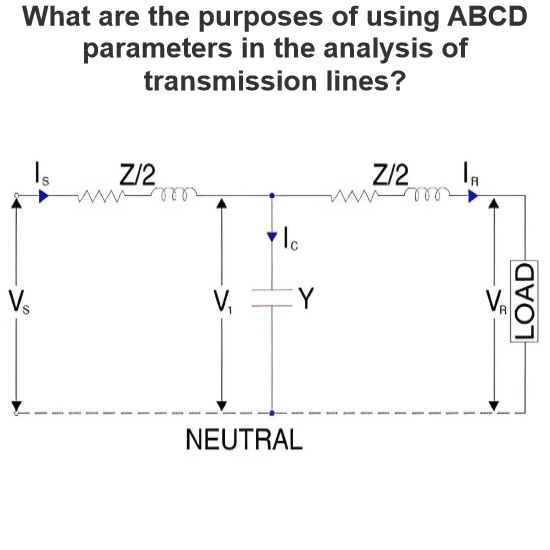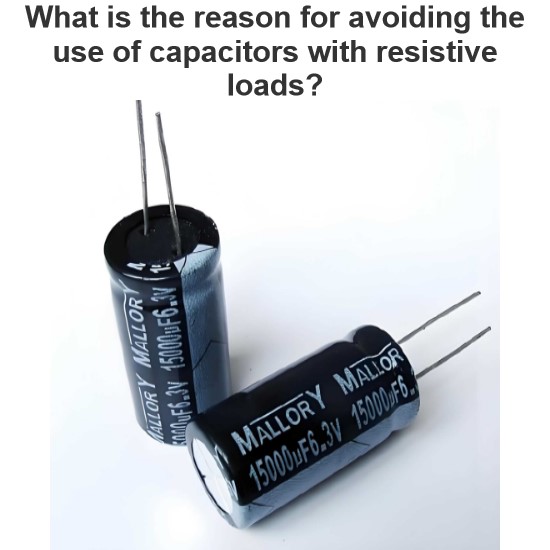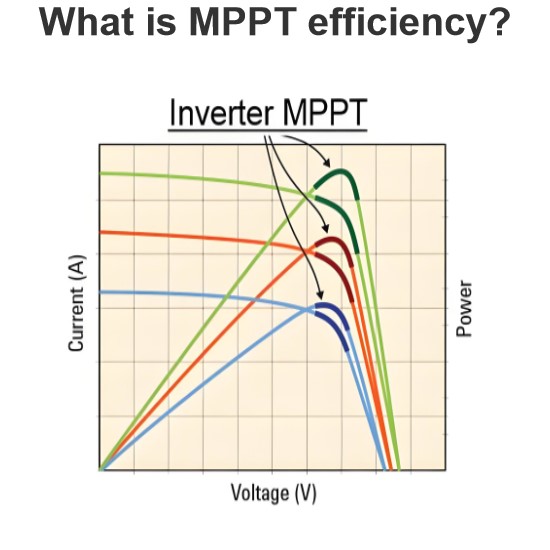What are the potential problems that can arise when connecting an AC microgrid to a DC distribution system?
When connecting an AC microgrid to a DC distribution system, several potential issues may arise. Here's a detailed analysis of these problems:
1. Power Quality Issues
Voltage Fluctuations and Stability: Voltage fluctuations in AC microgrids can affect the stability of DC distribution systems. DC systems have higher requirements for voltage stability, and any fluctuations can lead to a decline in system performance or equipment damage.
Harmonic Pollution: Nonlinear loads in AC microgrids can generate harmonics, which may enter the DC system through inverters, affecting the power quality of the DC system.
2. Control and Protection Issues
Control Complexity: The control strategies for AC microgrids and DC distribution systems differ, with AC systems requiring consideration of frequency and phase control, while DC systems primarily focus on voltage control. Connecting the two will increase the complexity of the control system, necessitating the design of more intricate control algorithms.
Protection Mechanisms: The protection mechanisms for AC and DC systems differ, with AC systems relying on circuit breakers and relays, while DC systems require specialized DC protection equipment. The protection mechanisms connecting the two need to be redesigned to ensure quick response and isolation of fault areas in the event of a failure.
3. Equipment Compatibility Issues
Inverters and Rectifiers: A conversion between AC microgrids and DC distribution systems is necessary through inverters and rectifiers. The performance and efficiency of these devices directly affect the overall performance of the system. The design of inverters and rectifiers needs to consider the requirements of bidirectional energy flow and high efficiency.
Energy Storage System: AC microgrids typically include energy storage systems, which require appropriate conversion and management when connected to DC distribution systems to ensure efficient energy utilization and system stability.
4. Economic and Cost Issues
Equipment Cost: Increasing inverters and rectifiers will increase the initial investment cost of the system. In addition, complex control systems and protective equipment will also increase operation and maintenance costs.
Operating Costs: Bidirectional energy flow and frequent conversions can lead to energy loss, increasing the system's operating costs.
5. Reliability Issues
System Reliability: The reliability of AC microgrids and DC distribution systems differs, and the system connecting them needs to consider overall reliability. A failure in either party may affect the normal operation of the entire system.
Fault Propagation: Faults in AC systems can propagate through inverters and rectifiers to the DC system, and vice versa. This necessitates the design of effective fault isolation and recovery mechanisms.
6. Standards and Specifications Issues
Lack of Uniform Standards: Currently, standards and regulations for AC microgrids and DC distribution systems are not fully unified. Systems connecting the two need to adhere to different standards, which may lead to compatibility and interoperability issues.
To sum up, when connecting an AC microgrid to a DC distribution system, it is necessary to take into account various aspects such as power quality, control and protection, equipment compatibility, economy, reliability, and standard specifications. Solving these issues requires interdisciplinary collaboration and technological innovation.
The Electricity Encyclopedia is dedicated to accelerating the dissemination and application of electricity knowledge and adding impetus to the development and innovation of the electricity industry.




